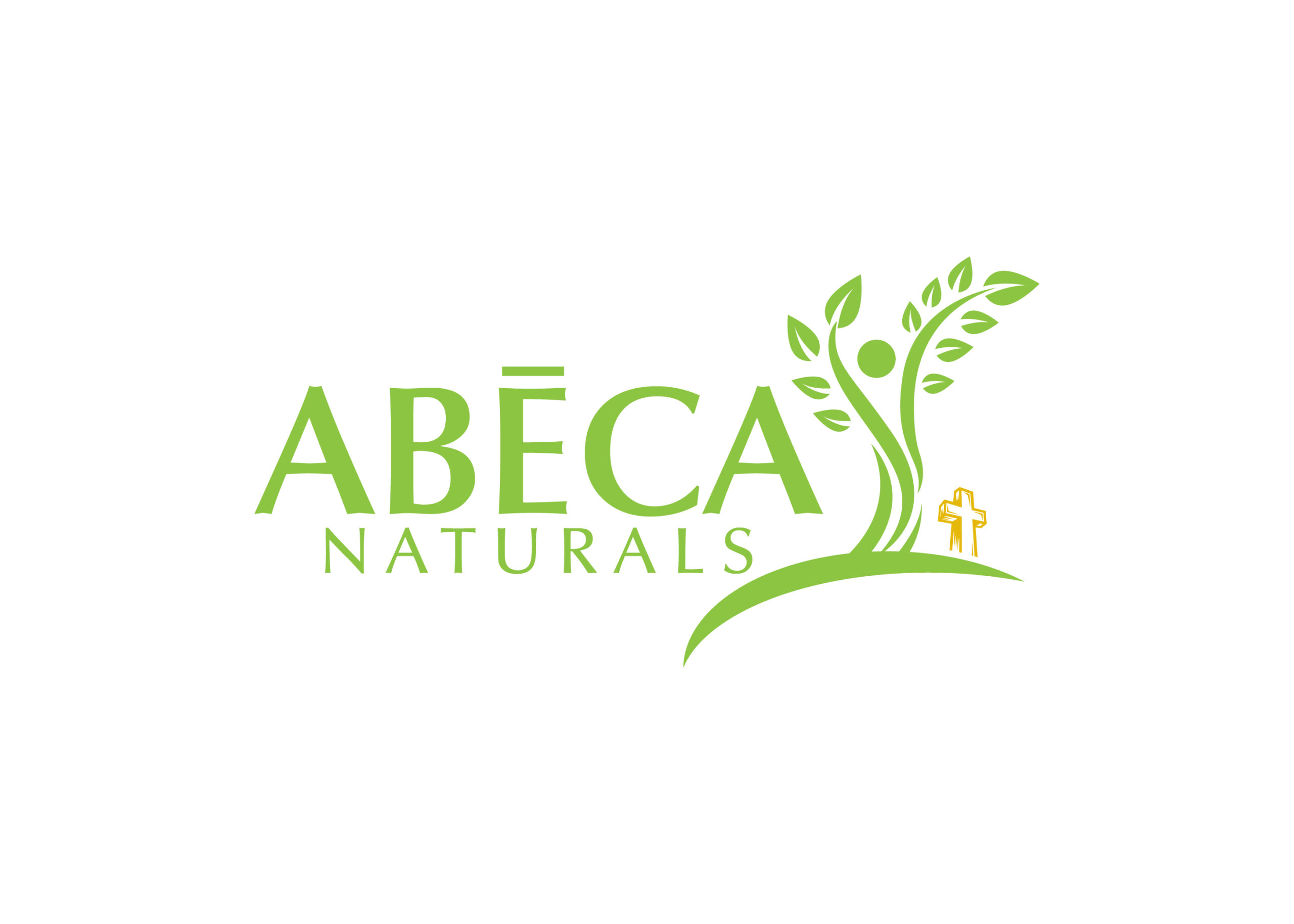Eyebright (Euphrasia officinalis) is an annual herb that grows wild across Europe and Asia, with some Northern states in the US lucky enough to have it growing naturally as well. It’s often found in dry fields, but it can be found in other types of habitats. It’s pretty particular about how and where it grows, so it’s always a nice surprise to come across it in the wild.
This plant is super easy to identify; those purple streaks and bright yellow single spots are dead giveaway! Flowers are usually white but can be red or yellow. There is also a dark black/purple spot deep in the flower, which almost causes it to look like an eye.
Euphrasia is an herb used for thousands of years primarily in the treatment of eye ailments – infections, swelling eyes, even sensitivities to light or cataracts. Eyebright is one of the most popular herbs in the doctrine of signatures, which is a collection of plants whose appearance often indicates its best uses. A lot of the document is planted in folklore, but some plants’ properties just cannot be denied.
A small but very telling study on Euphrasia’s volatile oils showed impressive results, including antimicrobial activity on multiple different organisms associated with eye infections.
It’s not just antimicrobial activity that makes Eyebright the perfect natural remedy for eye infections, though. When someone is sick with conjunctivitis, they often have thick discharge coming out from the eye. Euphrasia is an anti-catarrhal herb, which means it helps loosen mucus and encourages the body to expel the excess gunk.
Eyebright is also an astringent herb, so it produces a tightening or constrictive effect on the body. Its constrictive action inhibits secretions by the mucous membranes, which is helpful during times of colds or seasonal allergies.
Interestingly, the plant also contains a glycoside called Aucubin, which is a defense compound that has liver-protective effects on the human body. Some herbalists believe that it’s this action on the liver that essentially cleanses the blood supply to the eyes, resulting in increased anti-inflammatory actions.
You can use Eyebright in a manner of ways. Undoubtedly the most practical and traditional use is as a compress for the infected eye (although it always behooves one to treat both eyes during an active infection). Make a strong infusion of the plant (or drop a tincture in some water!) and soak a wash cloth in the warm solution. Place this over the eye(s) until cooled. Do this multiple times daily.
Taken internally during an active eye infection, I would recommend taking a teaspoon of extract or 3 to 5 capsules, three times daily.
For general support for the liver and eyes, take half the recommended dose 3 to 5 days a week.
There are no known contraindications for Euphrasia and it is generally considered safe for pregnant and nursing mama bears (the human kind).




